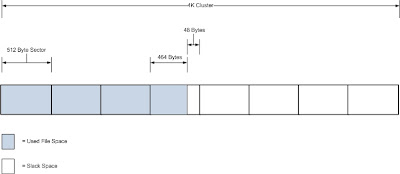The registers are like variables built in the processor. Using registers instead of memory to store values makes the process faster and cleaner. The problem with the x86 serie of processors is that there are few registers to use. This section describes the main use of each register and ways to use them. That in note that the rules described here are more suggestions than strict rules. Some operations need absolutely some kind of registers but most of the you can use any of the freely.
Before entering the buffer overflow much better understanding of memory registers.
EAX register, used to perform calculations and store the value returned from a function call (function calls). Basic operations such as add, subtract, and compare the optimized use of register EAX. Special operations such as multiplication and division are also only in the regidter EAX.
EDX registers, the data register. Basically an extension of EAX to (help) save additional data for complex operations. It can also be used for general purpose data storage.
ECX registers, called register count uga, used for loop operations. Loop operation can save the string, or counting numbers.
EDI and ESI registers relied upon by the loop that processes the data. Register ESI is the index of the source (S in the ESI source means the source that means) for holding the operating data and location data input stream. Register EDI refers to localized where the operating results of the data is stored, or objective index (EDI means the destination D on the mean objective).
ESP is the stack pointer register and the register EBP is the base pointer. These registers are used to set the function calls and stack operations. When the function is called, the function of the argument would be pushed onto the stack and followed by the address of the sender (return address) ESP points to the very top of the stack. So that would point to the address of the sender (return address). While EBP is used to refer to the call stack below.
EBX register, is the only register that is not designed for anything special. But is used for extra storage.
EIP register, the register that points to the instruction currently being executed. When the CPU is engaged in the binary address of EIP, be updated to specify the location where the execution occurred.
-
Slack space is a form of internal fragmentation, i.e. wasted space, on a hard disk. When a file is written to disk it’s stored at the “begin...
-
1. first you have to search or scan host that will be targeted 2. Start the the nessus, make sure the service has gone the way of open th...
-
1. Make sure windows xp is installed on Virtual Box 2. Make sure it is connected between the host and guest (BT5 and XP) 3. Cek ip guest t...
2/3/12
Subscribe to:
Post Comments (Atom)
Slack Space
Slack space is a form of internal fragmentation, i.e. wasted space, on a hard disk. When a file is written to disk it’s stored at the “begin...




No comments:
Post a Comment